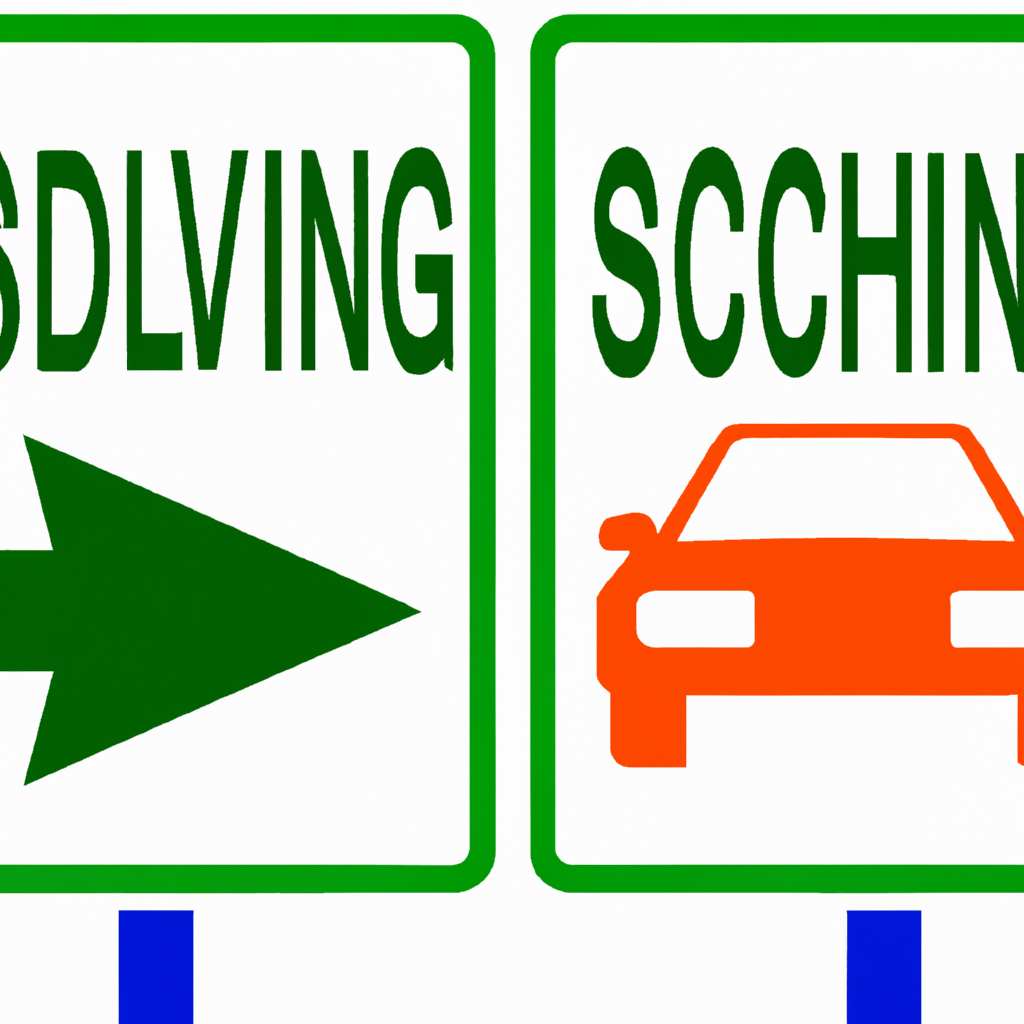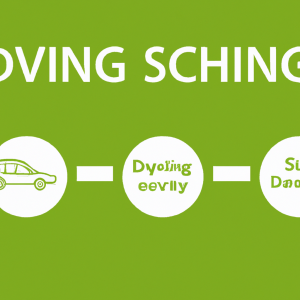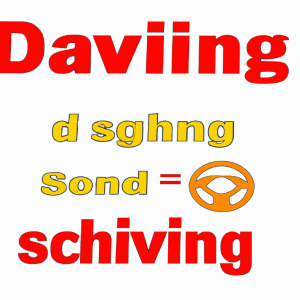Have you ever wondered how much learning to drive has changed over the years? I remember my own driving lessons, way back when, in a rusty old sedan with a stick shift that seemed to have a mind of its own. My instructor was this grumpy old guy who smelled faintly of cigars and had nerves of steel—or maybe he just pretended to. It was definitely an experience! But today, driving schools are stepping into the future by using something pretty cool: virtual reality simulators.
Now, before you roll your eyes and think it’s just for gamers or tech geeks, hear me out. Virtual reality (VR) simulators in driving schools are making waves for all the right reasons. They’re not only fun but also safe and educational. Imagine sitting comfortably in a room with those funky VR goggles on your head, gripping a steering wheel while you navigate through traffic or deal with tricky road conditions—without any risk of actually crashing!
One of my friends recently enrolled in a modern driving school that uses these VR simulators. Let’s call her Sarah. She told me she felt super anxious about getting behind the wheel for real because she’d heard so many horror stories about newbie drivers getting into fender benders during their first few lessons. So when she found out about this high-tech option, she jumped at it.
Sarah’s first lesson involved ‘driving’ through city streets bustling with virtual pedestrians and cyclists darting across crosswalks like they owned the place—sounds intense, right? But here’s what’s interesting: without having to worry about real-life consequences, Sarah said she could focus more on learning how to react properly rather than panicking over what might happen if things went wrong.
And it’s not just anecdotal evidence supporting these simulators’ effectiveness; there are actual studies showing they help new drivers gain confidence faster and improve their decision-making skills on the road. They can practice parallel parking until they get it just right or experience different weather conditions without waiting for Mother Nature to cooperate.
A friend who works as an instructor shared another story that stuck with me. He had this student who couldn’t quite master merging onto highways—something that used to scare him witless back in his teaching days too! With traditional methods, students often struggled with timing and speed adjustments during these maneuvers because they’d only get limited practice time before facing real-world situations again.
Enter VR simulators: by allowing students repeated exposure under various scenarios (like light traffic versus bumper-to-bumper chaos), instructors noticed remarkable improvements sooner than expected—the key being repetition combined with instant feedback from both visual cues onscreen plus verbal guidance given live by instructors observing nearby monitors displaying every move made inside each simulation session itself!
Oh boy—I wish we’d had such fancy tools available back then; maybe even grumpy cigar-smelling teachers would’ve turned into friendly mentors instead?
But let’s be honest here—not everything is perfect yet either…the immersion isn’t always complete due mainly due hardware limitations sometimes causing users slight dizziness after prolonged use periods—but hey—it still beats dealing directly once out within busy intersections where stakes become exponentially higher instantly upon entering uncharted territories surrounded entirely unknown variables influencing outcomes beyond anyone’s control…
So there ya go folks—a glimpse into tomorrow’s world today brought closer via amazing advances technology brings forth continually reshaping industries worldwide every day anew!


